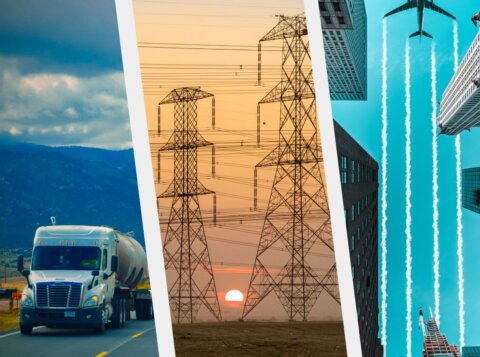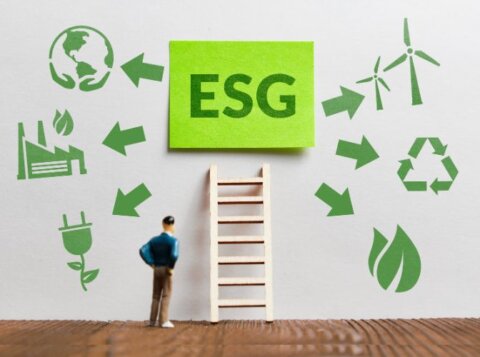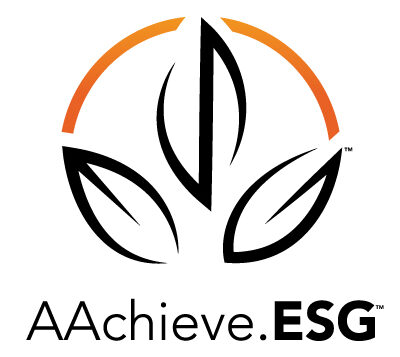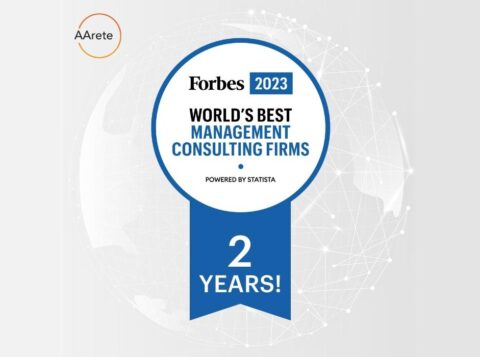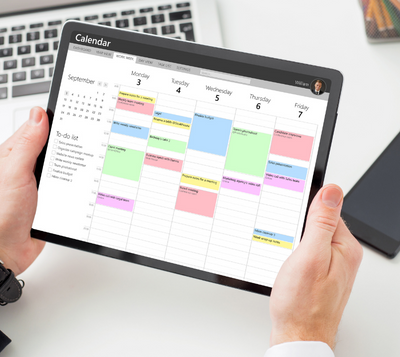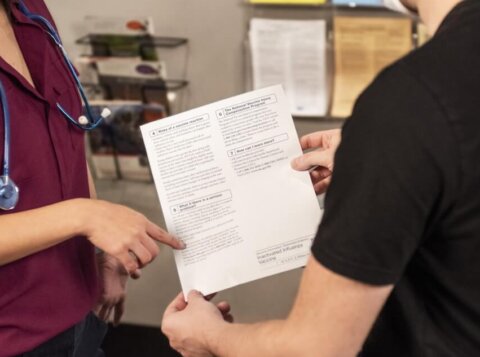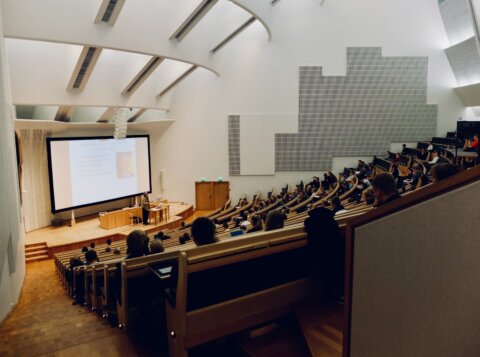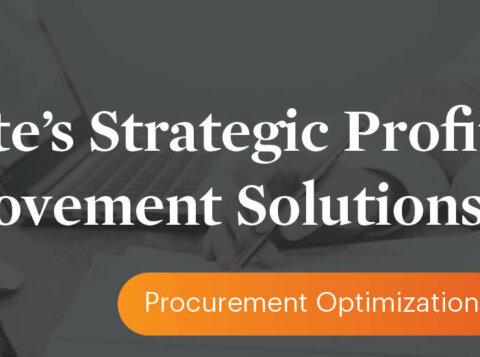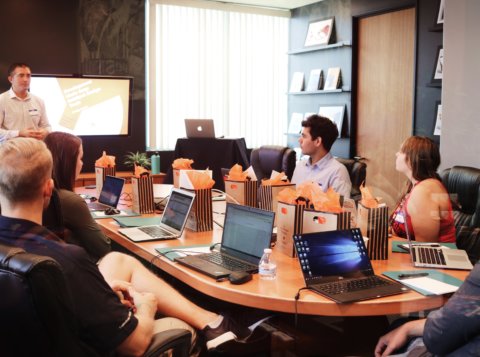Case Study: Charting the Course to Net Zero – A Goal Within Reach
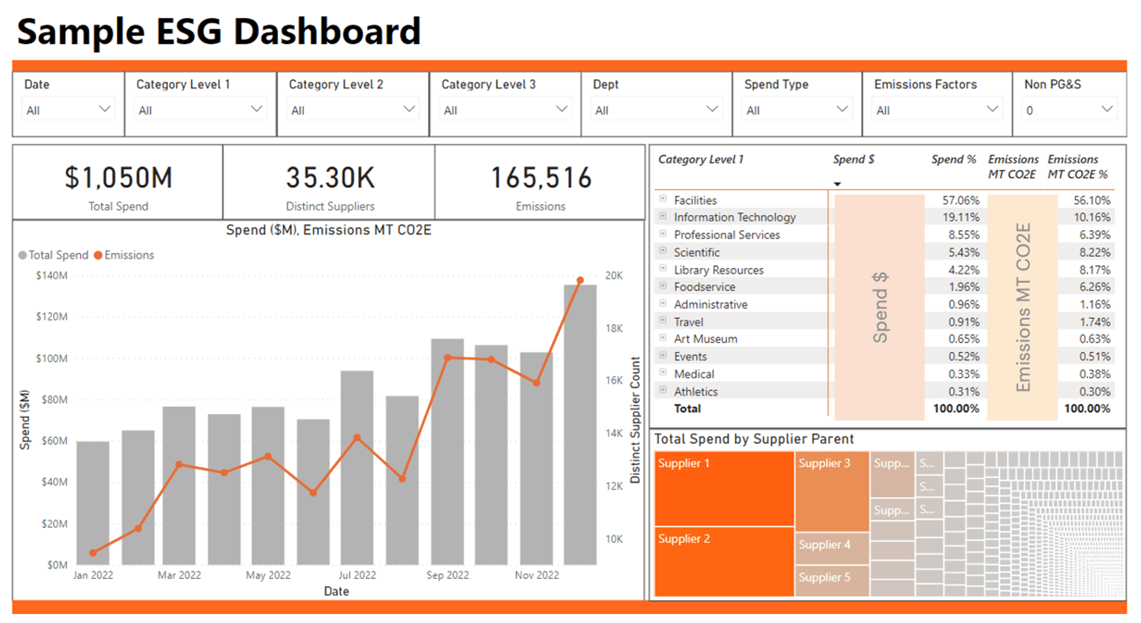
A Higher Education Institution’s Commitment to Sustainability: Defining a Clear Path and Enabling Success in the Pursuit of Net Zero
In a recent supplier diversity AArete insight, we broke down how DEI (Diversity, Equity, and Inclusion) initiatives and economic value are not mutually exclusive. Operationalizing long-term, data-driven strategies can help you achieve both. In the overarching umbrella of ESG (Environmental, Social and Governance), this also rings true with environmental initiatives. The following example of a university scope 3 analysis integrates spend into the reporting, enabling you the ability to manage costs in tandem with carbon emissions. While this specific example focuses on the management of carbon emissions, it’s valuable to see the cohesive reporting functionality enabling you the ability to manage cost in parallel, which plays an important role upon strategically building your roadmap to net zero.
Operationally, upon developing and executing strategies to measure and report on ESG, many are faced with inefficiencies due to time-intensive, manual processes involved with inputting the relevant data. Additionally, the aggregation of data for reporting is a whole separate challenge. Some universities have put graduate students to the test, expecting it will take 6-12 months utilizing Excel and ongoing manual inputs. Here’s how implementing AAchieve.ESG helped alleviate those pain points while unveiling actionable insights to inform decisions guiding the path to net zero within weeks.
Situation
This case is within higher education, though this same situation could easily transfer cross-industry. We reached out to ask how they were managing Scope 3 emissions and experienced limited engagement from their end. A couple months went by, including a shift in leadership, putting Scope 3 emissions back on the radar. Abundant fragmented Scope 3 emissions data necessitated organization and analysis for a clear net zero strategy.
Approach
Leveraging AAchieve.ESG, an AI-powered tool that calculates emissions based upon GHG (greenhouse gas) protocols, we analyzed a full fiscal year’s spend data within one week. From this, we could identify both the highest emitting categories and the highest emitting suppliers which unveiled that a majority of the total emissions fell within the facilities, IT and professional services categories, emitting a total of 165,516 MT CO2e. Being able to compare that against benchmarked data, the university’s estimated Scope 3 emissions were higher than comparable universities, helping prompt the need for change.

Facilities were inflated due to major construction initiatives taking place during the analyzed fiscal year, which needed to be considered when establishing realistic benchmarks and targets for future years. Therefore, we pulled several previous years’ data to reflect a more accurate projection for facilities emissions. To envision respective reporting, see sample dashboard views below:

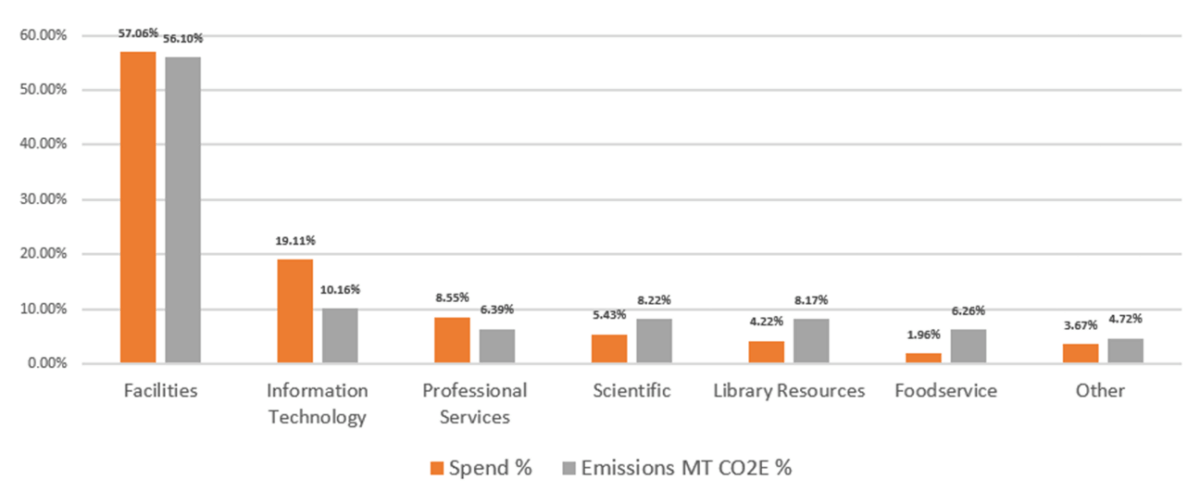
*The images represented are intended to serve as a visual of a mock AAchieve.ESG dashboard. Please note that the data has been modified for confidentiality and may have minor variances, considering.
Results
AArete’s market intelligence identified that few of their top vendors had net zero emission plans. A key finding was that the facilities category was responsible for ~50% of the total categorized emissions. Construction was generating emissions at a greater rate than planned reductions from sustainable building investments. It was realized that the emissions and environmental impacts of construction effort weren’t as carefully reviewed or vetted in the bidding process. In effect, significant construction investment to reduce emissions was not delivering the expected outcomes. This learning onset the need to establish supplier RFP language that requires construction companies to align with their net zero goals. One of the unique values of AAchieve.ESG is that it has a suite of policy and strategy resources, helping prevent this from reoccurring upon lending compliant language for RFP management going forward. From all of this, AArete helped establish benchmarks and develop a roadmap to net zero, increasing visibility through detailed reporting along the way.
Employ Strategy Today, and Fast Track Implementation
With the current state of Scope 3 reporting, this may feel daunting to approach. You’re likely avoiding the ‘How involved is this implementation?’ or ‘How quickly can this get stood up?’ questions. What if we told you this could be implemented in as little as 4 weeks? Realistically, the expected timeline for implementation is as follows:

Interested in learning more?
Let’s connect so we can help you establish or strengthen baselines to lead the industry with a clear path to net zero.







